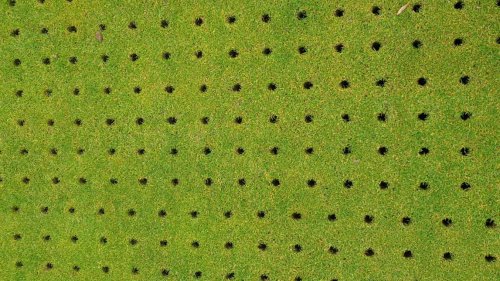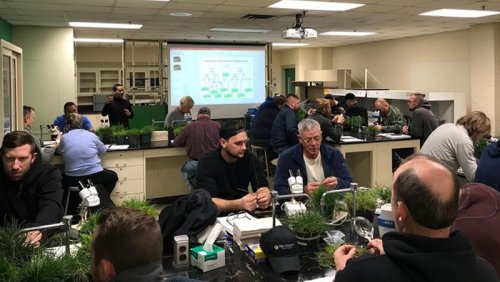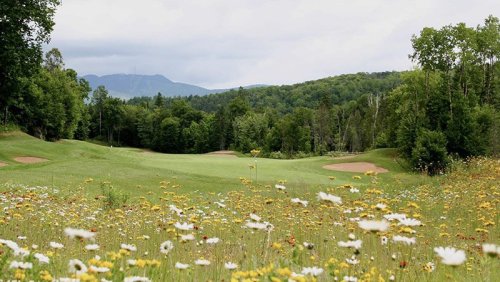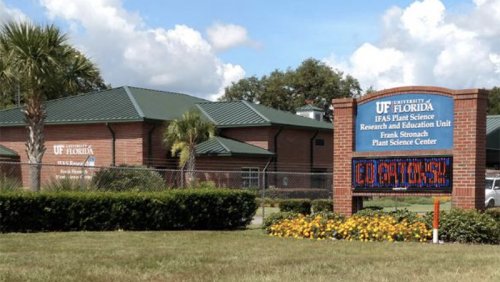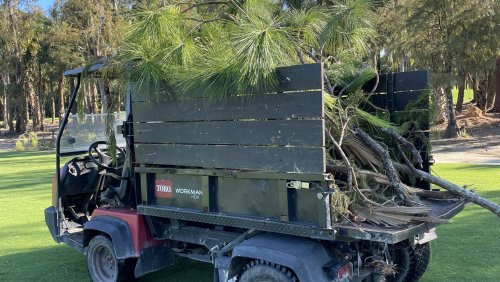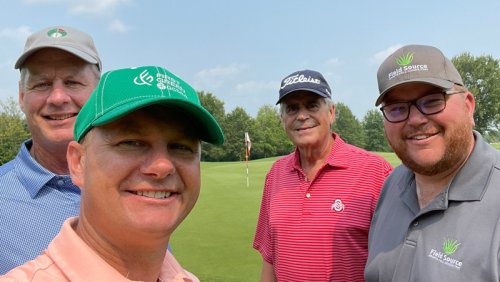

Six months after its owners declared bankruptcy in June 2021, a group from Oakland bought the 60-year-old property in December with promises of continuing to operate it as a golf course.
The better part of a year later, the course has yet to reopen, the new owners have yet to weigh in on whether it will and a clubhouse phone number that once rang endlessly has been disconnected. Just like that, the course nestled in California’s wine country appears destined for a place atop the heap of closed golf courses that have piled up during the past 16 years.
Auburn Valley was built in 1960 on 175 acres that was once a dairy farm.
Since then, it has had a troubled existence. It has gone through two bankruptcies as well as a foreclosure.
The previous owners, the Par 5 Property Investments group, claimed bankruptcy last June, citing $6.5 million in debt and $3.84 million in assets and about $6.5 million in liabilities. The new owners, Auburn Sierra Golf Club LLC in Oakland, closed the sale on the property that included a clubhouse, an events center and a bar and restaurant for $2.9 million.
It is unclear what the owners’ intentions are with the property, but it is not currently zoned for residential or commercial redevelopment, according to the Sacramento Business Journal.
According to the National Golf Foundation about 50 golf courses have closed so far this year. About 2,100 golf courses (18-hole equivalents) have closed since 2006.
- Read more...
- 5,293 views

